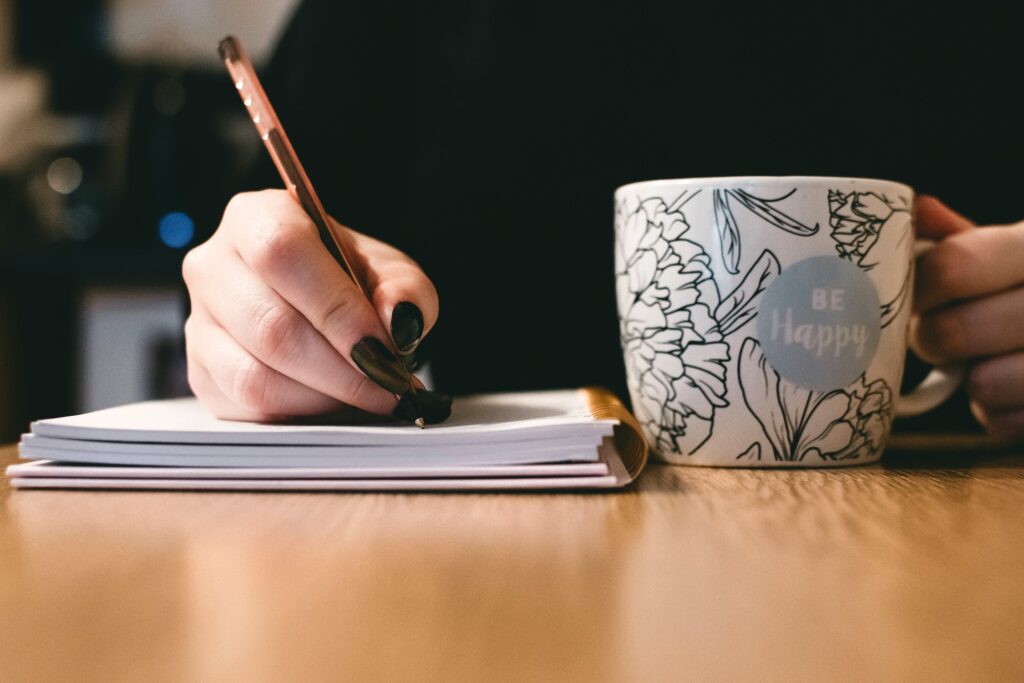Information center / General health / Lifestyle / Mental health / Prevention / Women's health
12 ways to meditate – without actually meditating

(Amy Fleming/ The Guardian) –– Meditation isn’t for everyone. Or at least not when life has taken you so far from calm that your brain is soup. “It’s the nature of the mind to have this ongoing conversation in the background,” says Joy Rains, a mindfulness practitioner and author of Meditation Illuminated: Simple Ways to Manage Your Busy Mind.
“I call this ‘Stuff’, which is an acronym for stories, thoughts, urges, frustrations and feelings. When you’re in a meditative state, you’re in the here and now and you’re releasing your Stuff. You’re not getting caught up in judgments, thoughts about the past, worries about the future.”
There is a growing body of evidence that “releasing our Stuff” like this is an effective antidote to 21st-century life, helping us to concentrate, remember things and become more self-aware, while reducing anxiety, depression and stress. The good news is that we don’t have to be brilliant at sitting still and focusing on our breath to get meditation’s recuperating benefits, says psychologist Suzy Reading. Despite also being a yoga teacher, Reading admits to having struggled with traditional meditation practices, “and they are inaccessible for a lot of people. But that’s not to say that meditation is not for them.” (…)
Categories
